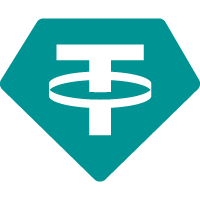
Daily 9%

Weekly 10%

Daily 12%

Daily 15%

Daily 25%

Weekly 30%

Hour 15%

Hour 20%
By Registering the website you will able to start your operation
After creating the account user need to verify the email for account purpose
Users' KYC needs to verify to before making any withdrawals
Users can deposit using any automatic or manual gateways
Users can invest to any the plan or schema to enjoy the profit which will add on profit wallet
Users can transfer the fund to another user instantly
For referring to any friends user can generate the bonus
Withdraw can be performed in the main wallet and it will take a few time to complete

ChainBox offers both automatic and manual payment options to facilitate transactions on its platform. Here’s how you can utilize each method: 
How to Get a Ranking Badge in Chainbox 1. Engage with the Platform: Use Chainbox actively—complete tasks, participate in challenges, or use their services regularly. 2. Reach Milestones: Achieve specific goals set by Chainbox, such as completing training modules, finishing projects, or hitting investment targets. 3. Participate in Competitions or Rankings: Join any leaderboard or ranking competitions Chainbox runs. The faster or better you perform, the higher your ranking and the better badge you earn. 4. Accumulate Points or Badges: Some badges might require collecting points through consistent use or referrals. 5. Check Your Profile: Once you meet the criteria, the ranking badge should appear on your Chainbox profile or dashboard.
You can earn $50 for every person you refer to Chainbox — here’s how it works: 1. Create a Chainbox Account First, you need to sign up at Chainbox and log in. 2. Get Your Referral Link After signing up, go to the “Referrals” section in your dashboard. There, you’ll find your unique referral link. 3. Share the Link Share this referral link with your friends, family, or followers — via WhatsApp, social media, email, etc. 4. Referral Must Sign Up and Take Action For you to earn the $50:
Chainbox ensures security and privacy through data encryption, strict access controls, and compliance with international regulations like GDPR and AML/KYC laws. They store personal data securely, allow user rights like access and deletion, and use secure protocols (HTTPS, firewalls) to protect user information.

